ces2017
Latest

The stuff that launched at CES 2017 but never came out
CES is the busiest time of year for Engadget, with our team spending a week on the ground in Las Vegas looking for the latest and greatest products from companies of all sizes and persuasions. Last CES was no different, with our editors checking out a plethora of smart televisions, wireless earbuds and mesh routers. And there's always a few oddball things -- remember Razer's three-screened laptop? But while Project Valerie was just a prototype never really meant to see the light of day, most of the stuff we see does hit store shelves... eventually. Now that it's mid-December and CES 2018 is mere weeks away, we thought we'd check on a few of the products that haven't made it to market. Some were pushed back and will join the class of 2018, while others will only live on in Engadget's post archives.
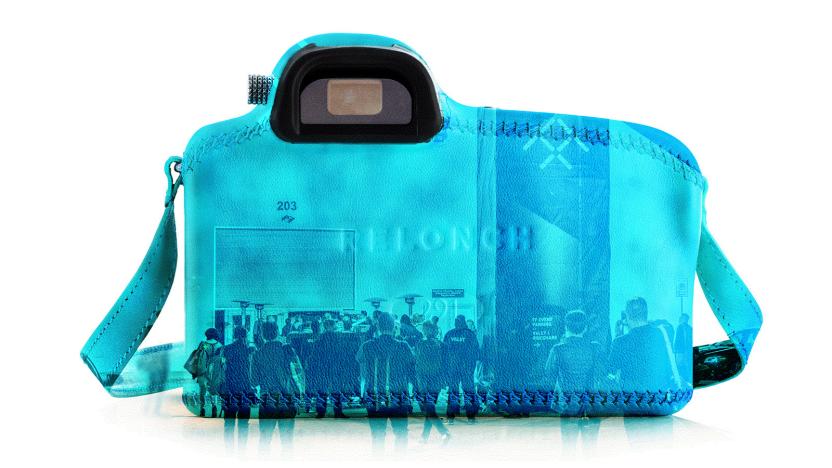
An AI camera failed to capture the magic of CES
Relonch wanted me to fall in love with photography again this CES. But its camera is so radically different from everything I've used before that I struggled to put my faith in its promise. The company is based in Palo Alto, California, and its pitch is simple, if very Silicon Valley: a camera as a service. You hand in your old shooter (yes, really) and in return you get the 291, a unique, leather-bound DLSR-shaped camera. It has an APS-C sensor; a fixed, 45mm-equivalent lens; an electronic viewfinder; a shutter key; and, importantly, a 4G radio inside. The 291 uses that radio to send raw files to Relonch's servers. Once they're there, AI scans through your shots and picks the best ones. To do this, it identifies the individual elements in the photos using computer vision and judges your composition. It'll then process the raws, individually lighting and coloring elements before applying its own crop and sending them back as JPEGs. You receive a batch of photos each morning, which is key to Relonch's business model. The idea is you choose the photos you love as part of your morning ritual, which reminds you to take your camera out again and keep snapping. The 291 itself is free. The photos are sent to you as small, watermarked files, and you have the option to keep them, which grants access to the full-size file (as large as 20 megapixels, depending on how the AI has decided to crop it). Each photo you keep costs $1, and you start your account with the market value of the camera you handed in as credit. Oh, and if you decide you want to pick a photo at a later date, you can always go back and buy it. Likewise, if you don't like the 291, you can hand it back in exchange for your old camera. That financial proposition is what intrigues me most. Over the past five years I've spent $3,000 or so on various cameras and lenses. I've probably processed and kept maybe 300 photos, outside of work. (Of course, there are another 30,000 or so that are gathering digital dust on various SD cards and hard drives.)
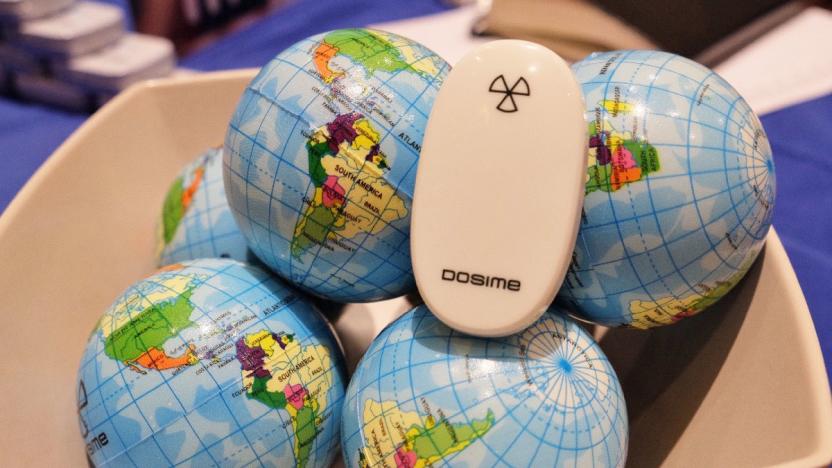
These companies are banking on your fear of radiation
Imagine if, next week, every Best Buy in the land began selling a Dan Cooper-branded Fluorocarbon detector for $100. There'd be a big cardboard cutout on each aisle end, with my stern-looking face advising you to protect your family with this product. Even if you didn't instantly lay down a Benjamin for Dan Cooper's Lean, Mean, Fluorocarbon Detectin' Machine, you'd probably think about it. Maybe you'd do a cursory Google to learn more -- since they wouldn't sell the equipment for no reason, would they?

Amazon's Alexa ecosystem is exploding, for better and worse
The Internet of Things still mostly feels like the Internet of Crap, but there's one ray of hope in the connected home on which plenty of companies are jumping aboard: Amazon's Alexa. In particular, I'm talking about the voice-powered ecosystem that's quickly grown around the company's virtual assistant. At CES, we saw Alexa integration in Dish's upcoming Hopper, washing machines and, much to our delight, a dancing robot. It's even heading outside the home: Both Ford and Volkswagen are bringing Alexa to their cars for hands-free commands.

Faraday Future impressed all the right people at CES
The world got its first look at the Faraday Future FF 91 SUV during a Las Vegas drag race last week. It was a fitting debut for a car that was designed and built in less than two years: It flew off the line in an event building, only to disappear out of sight a moment later. Everyone likes a good race, but for a company that's recently been hit by financial troubles and departing executives, the race it started at CES needs to be a marathon.

Casio boss: One smartwatch doesn't fit all
The biggest tech show in the world didn't offer that much in the way of new wearables for 2017 -- especially compared to the glut we saw in previous years. Alongside smarter Misfit and New Balance wearables, Casio launched its second-generation smartwatch. The WSD-F20, which looks similar to its predecessor, is still explicitly aimed at outdoors types, with low-power GPS and offline maps meant to ensure you can use it without tethering to your phone's internet connection. More importantly, according to Casio President Kazuhiro Kashiro, it fulfills a purpose. "We're looking for wearable ideas that people will have a reason to use," he said. "We're not looking to make the same smartwatches as everyone else." And perhaps that's where many wearables fall short: They're trying to please too many people at once.
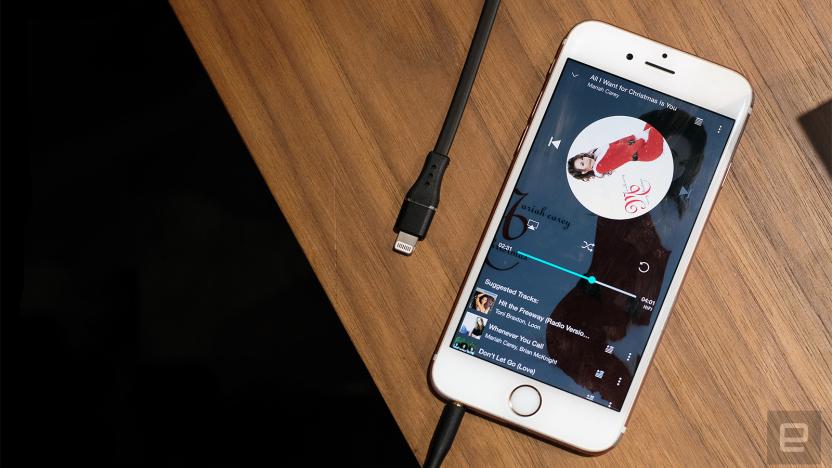
Teaching the uninterested about headphones
By Aaron Souppouris and Mat Smith There's a constant divide at Engadget between those who care about audio and those who don't. I (that's Aaron) fall mostly in the first category: I appreciate high-end headphones, but my budget typically leaves me with pairs costing $200 to $300. My current daily 'phones are AKG K702s for home and Master & Dynamic MH30s for out and about. My colleague Mat Smith couldn't be more different. He uses a mix of unremarkable Sony earbuds and Bluetooth headphones and responds to "audiophile" conversation with a bespoke mixture of groans and eye rolls. This CES, I decided to spend a morning getting him excited about headphones. It went ... OK? The rules were simple and our methodology entirely unscientific. We would travel from booth to booth, listening to a single track over and over. Because we're mean, the Engadget CES team deemed Mariah Carey's "All I Want For Christmas Is You" the perfect fit, despite the holidays being long gone. After adding a 1,411Kbps (16/44.1kHz) FLAC file to my iPhone, we headed onto the show floor, stopping at Sennheiser, Audio Technica, HiFiMan, Audeze and Klipsch. In general, I was looking for portable headphones that work well when connected to a phone. For each listen, I had Mat tell me his thoughts before we moved on to the next booth.
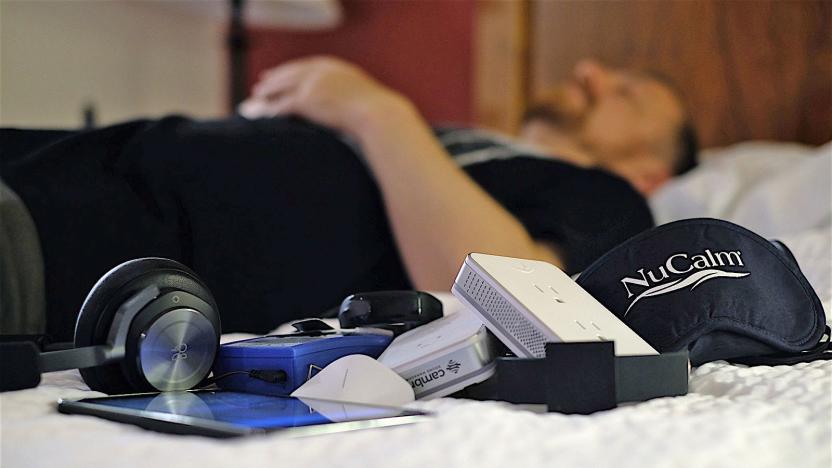
Technology helped me through the emotional roller coaster of CES
Humans love to control how they feel. Booze and coffee have been perking us up and lubricating social situations for millennia. Mood-enhancing technology, on the other hand, usually tries to emulate a cup of joe or a glass of wine but without the need for rinsing your liver. I'm generally OK with pumping chemicals into my body, but with a few mood-changing gadgets catching my eye in the run-up to this year's CES, I thought I'd give some a go. The hope was that I could avoid the usual uppers-and-downers routine that a week in Vegas demands.

Wading through the Internet of Crap
Connected home gadgets were everywhere at CES 2017 -- we saw WiFi cameras, smart walking canes and Echo clones aplenty. But while several of them were truly innovative, there were some that made no sense at all. Just because something has Bluetooth or internet connectivity that doesn't make it useful. Even more ridiculous are devices that have voice controls when they don't actually need them. As Nick Offerman said on our Engadget stage a few days ago, sometimes the best tech is low-tech. As far as tech for tech's sake goes, here are some of the worst offenders from this year's show.
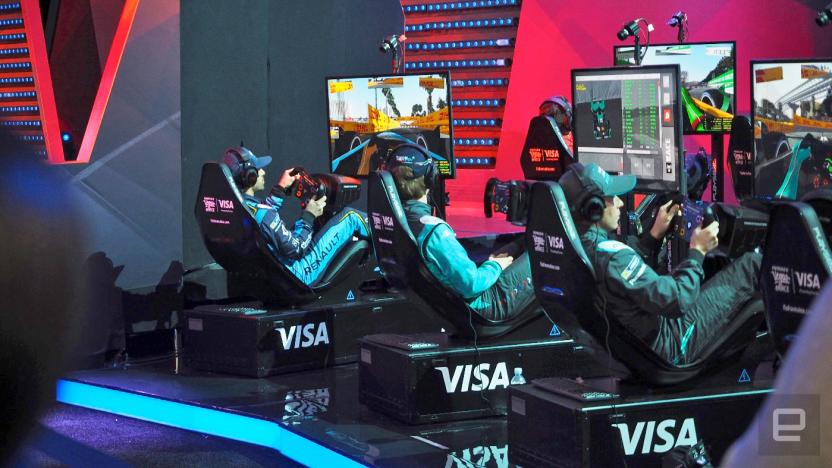
Formula E drivers battled simulator pros in a million-dollar e-race
With $1 million on the line, cheering crowds and drivers from the likes of McLaren and Ferrari, the inaugural Visa Vegas e-race did a good job of conveying at least some of the spectacle of a physical motor rally. Held on the final day of CES 2017, the competition saw 30 competitors take to the tracks in a race that was streamed on Twitch, with a live audience numbering in the hundreds. The spectators, a mix of fans and corporate sponsors, cheered, winced and applauded the challengers, which included 20 professional Formula E racers and the world's 10 best simulator drivers.
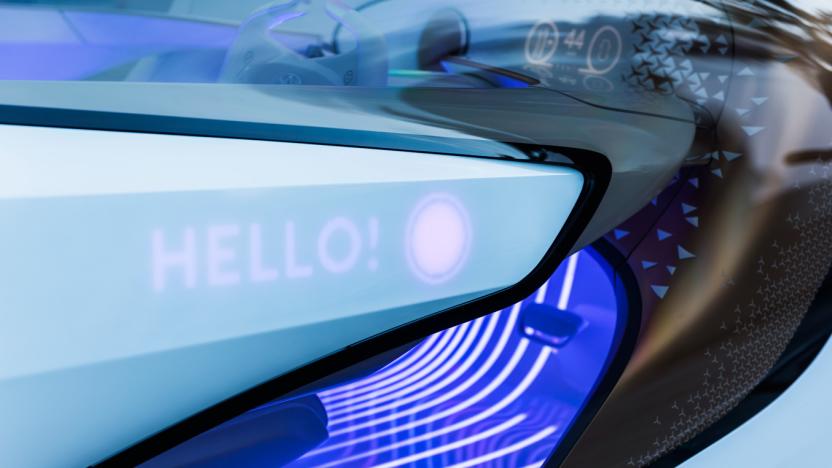
AI 'friends' will help you pass the time on autonomous drives
Even more so than last year, CES 2017 was the unofficial auto show for the tech world. Automakers filled the North Hall and the Gold Lot of the Las Vegas Convention Center with self-driving prototypes and concept cars. But instead of talking about the power of Lidar or number-crunching processors, many started focusing on what the hell their passengers will do once they take their hands off the wheel.

How a smart breast pump won CES
When we previewed CES 2017 last week, none of our editors saw the Willow smart breast pump coming. But the humble device, which slides into a nursing mother's bra and allows for hands-free pumping, won two of our Best of CES awards and generated press coverage across the internet. We were hardly the only outlet that declared the device one of the most innovative things we saw at the show. It's hard for a little-known company to make this kind of buzz at CES, where you have to compete against giants like Sony, Samsung, LG, Honda, Toyota and more of the world's biggest companies. But once and a while the stars align and a gadget from an unknown startup breaks through the clutter. What made Willow such a hit this year?
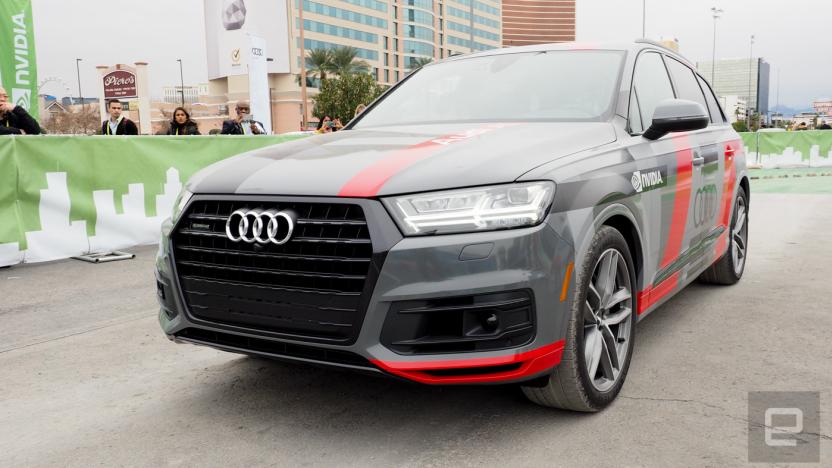
Audi and NVIDIA give an AI a crash course in driving
Many of the self-driving demonstrations at CES involved systems required months or even years of training. NVIDIA and Audi decided to see what they could do in four days.

Alexa will make your car smarter -- and vice versa
Every year at CES, some of the world's biggest tech companies try to one-up each other. TVs get thinner and brighter. Home appliances get chattier and robots get friendlier. But this year, instead of standing out for their memorable devices, a lot of companies showed up with a shared identity: the voice of Alexa.

Farewell, CES 2017!
That's it! We spent all of last week in Las Vegas checking out what the world's biggest companies and scrappiest startups had to offer. As you'd expect, the whole thing was equal parts exhausting and exhilarating, but now we're (mostly) back home and ready to bring you a quick recap of the show's biggest themes. Watch editor-in-chief Michael Gorman wax eloquent about Alexa and other voice interfaces taking over the world; TVs getting more exciting than ever; and the fascinating ways that cars and technology continue to collide. Enjoy the show, and seriously: Thank you for joining us on this wild ride.

Of course I took these eerily detailed 3D selfies at CES
I've taken, oh, I don't know, about a million selfies in my life. I've even dabbled in 3D portraits. But I've never seen a three-dimensional capture of my face as realistic as the one generated by Bellus3D's Face Camera at CES. The new device is slightly larger than a stick of gum, and houses two monochrome sensors and one that records color, meshing the information together for a highly detailed picture. The camera is still just a prototype, but when it's available, it can be attached to your phone or tablet. The ring light that you see in the pictures was only included for the demo, and is not actually a part of the Face Camera, but you can easily attach one of your own.

OLED TVs will finally take off in 2017
After years of taunting consumers with incredible picture quality but insanely high prices, OLED TVs are finally coming down to earth. Prices are falling, there will be even more models to choose from and, at least based on what we've seen from CES this year, LCD TVs aren't getting many upgrades. And of course, LG's stunning new W-series wowed us so much, it won both our Best TV and Best of the Best awards at CES. If you've been holding out on a 4K TV upgrade but haven't had the budget to consider OLED up until now, expect things to change this year.

Gaming's representation problems and where we go from here
Games are now big business and influential media in their own right. So what do video games tell us about how we see ourselves? Anita Sarkeesian from Feminist Frequency joined me on the Engadget CES stage to discuss games as popular culture, where we are now and the challenges facing better representation in the games that we all love. As our guest puts it: "The media works to reinforce and reflect society, for better and worse."
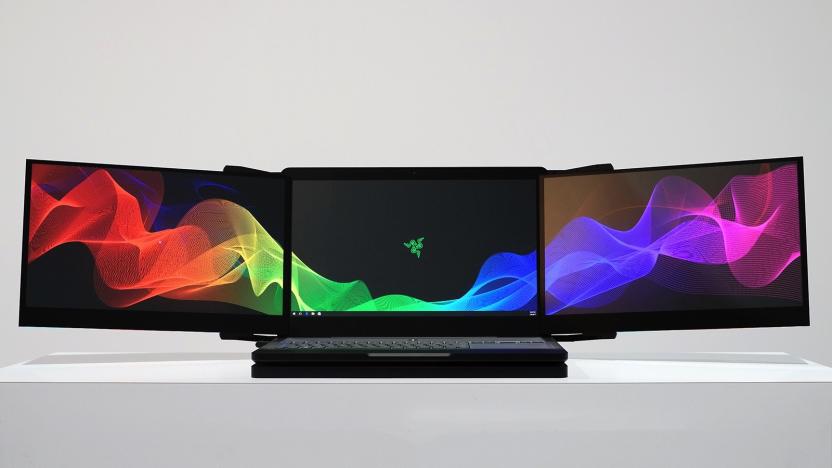
Razer's new prototypes stolen from CES booth (update)
While CES 2017 has drawn to a close, news surrounding the products unveiled at the world's biggest consumer tech event continue to make the headlines. Take Razer, which had a very encouraging week after unveiling two new gaming prototypes (one of which won two Best of CES 2017 awards). However, things ended on a sour note after company CEO Min-Liang Tan confirmed that two of its concept products were stolen from its booth on the last day of the show.
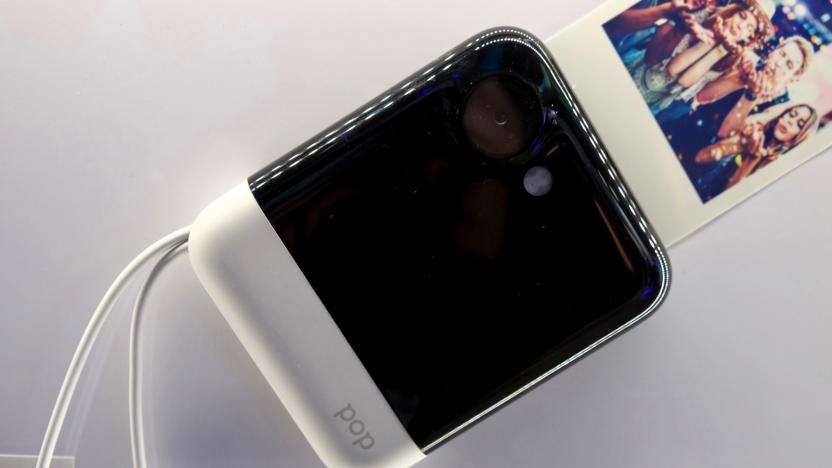
Polaroid's Pop is a user-friendly chunk of a camera
Polaroid's just-announced Pop camera could be the most basic digital distillation of its iconic instant cameras we've seen thus far -- but unfortunately, all the company had to show at CES was a non-working prototype. However, I was able to get a sense of just what we'll be dealing with when the Pop ships near the end of the year. To sum up: It's a big, chunky plastic camera that should be incredibly simple to use. There's one button on the front, along with its 4-inch touchscreen, and that's basically it. Camera lens is on the back, prints come out the top, and the bottom is a colorful plastic border with a wrist strap.













